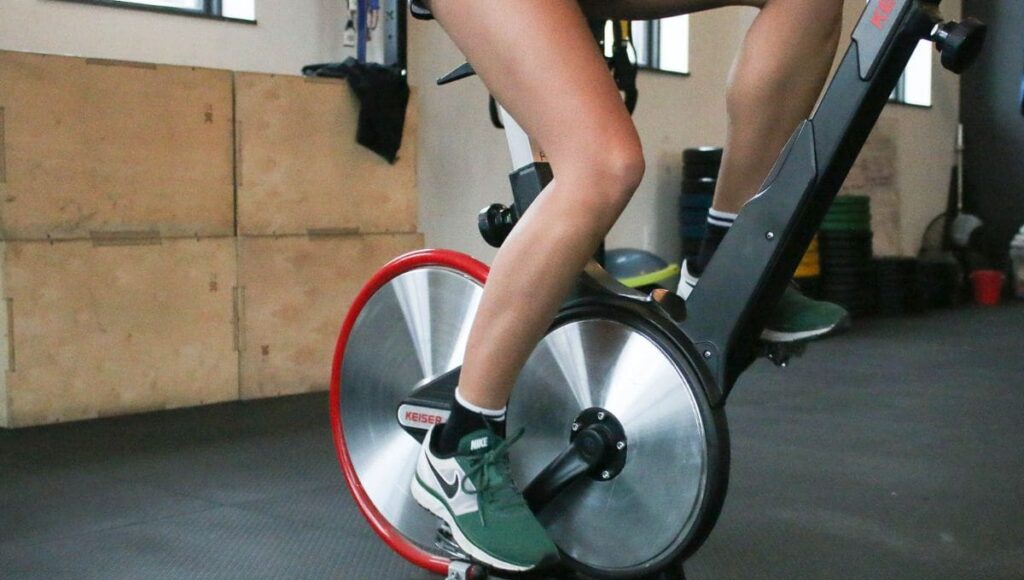So, you’re over 40 and thinking about building muscle? Great decision! The good news is that it’s not only possible but also crucial for maintaining strength, energy, and vitality as you age. But hey, let’s be real—lifting weights after 40 isn’t quite the same as it was in your 20s. You’ve got to be smart about it. Injuries? Not on our watch. This guide, created by Marcus Filly, walks you through effective muscle-building moves and safety tips designed specifically for the 40-plus crowd. Let’s dive in!
Marcus Filly is the creator, founder, and CEO of Functional Bodybuilding. He is a six-time CrossFit Games athlete (2016, 12th fittest) with decades of experience coaching and designing individual and group training programs.
Why Muscle Building Over 40 Matters
- Slowing Muscle Loss: Around 40, muscle mass naturally starts to decline. Strength training reverses this trend.
- Boosting Metabolism: Muscle burns more calories than fat, even at rest. More muscle = faster metabolism.
- Protecting Joints: Strengthening muscles supports joints, reducing wear and tear.
- Improving Quality of Life: From carrying groceries to playing with grandkids, staying strong makes everyday activities easier.
Key Principles for Safe and Effective Muscle Building
- Focus on Form First: Perfect your technique before adding weight.
- Prioritise Recovery: Muscles take longer to recover as we age. Include rest days and quality sleep.
- Warm Up Thoroughly: Dynamic warm-ups prepare your muscles and joints, reducing injury risk.
- Progress Gradually: Increase weights slowly to avoid overloading your body.
- Eat Enough Protein: Aim for 1.6–2.2g of protein per kg of body weight daily to support muscle growth.
10 Tips to Boost Metabolism After Your 40s
The 5 Best Muscle-Building Moves for Over 40
1. Heels-Elevated ATG (Ass-to-Grass) Front Squats
- Why It Works: Encourages full range of motion, improving joint health while targeting quads and glutes.
- How to Perform:
- Elevate your heels on small plates or wedges.
- Hold a barbell across your shoulders, keeping your chest tall.
- Squat deeply, keeping knees aligned with toes.
- Perform 3–4 sets of 8–12 reps.
- Pro Tip: Reduce the weight by 10–15% on your final set to focus on form and take the set to failure safely.
2. Single-Arm Tripod Rows
- Why It Works: Targets back muscles with low complexity, allowing for heavy yet safe lifting.
- How to Perform:
- Stagger your feet with one hand on a bench for stability.
- Pull a dumbbell towards your hip, squeezing your shoulder blades.
- Alternate arms every 75 seconds for 3–4 sets of 8–10 reps per arm.
- Pro Tip: Use lifting straps to prevent grip fatigue and maximise back activation.
3. Snatch-Grip Romanian Deadlifts (RDLs)

- Why It Works: Stretches and strengthens hamstrings, while the wide grip challenges upper back stability.
- How to Perform:
- Use a wide grip on the barbell, hinge at your hips, and keep your back flat.
- Lower the bar to just below your knees, feeling the stretch in your hamstrings.
- Perform 3 sets of 8–10 reps.
- Pro Tip: Use lifting straps to maintain grip and focus on form.
4. Incline Dumbbell Bench Press
- Why It Works: Builds chest, shoulders, and triceps with a focus on shoulder-friendly angles.
- How to Perform:
- Adjust the bench angle from 45° to 15° across three sets.
- Lower dumbbells slowly, pause at the bottom, then press up.
- Perform 3 sets of 8–12 reps.
- Pro Tip: Lower the incline as you fatigue to continue lifting effectively.
5. Hanging Leg Raise Complex
- Why It Works: Strengthens the core, enhances grip strength, and improves shoulder mobility.
- How to Perform:
- Start with 5 cross-body leg raises per side.
- Follow with 5 traditional leg raises.
- End with a 10–15 second isometric tuck hold.
- Complete 3 rounds.
- Pro Tip: Use ab slings if grip strength is a limiting factor.
Essential Warm-Up Routine

- Bike Warm-Up: 5 minutes of cycling to increase body temperature.
- Box Lateral Step-Downs: 2 sets of 10 per leg to activate lower body muscles.
- Face Pulls: 3 sets of 15 with a resistance band or cable machine to prepare shoulders.
Nutrition Tips for Muscle Growth
- Prioritise Protein: Include lean meats, eggs, fish, tofu, or legumes in every meal.
- Healthy Fats: Avocados, nuts, and olive oil support joint health.
- Complex Carbs: Oats, brown rice, and sweet potatoes provide lasting energy.
- Stay Hydrated: Muscles need water to perform and recover.
Recovery Strategies
- Stretching: Focus on hamstrings, quads, and shoulders post-workout.
- Foam Rolling: Release tension in tight muscles.
- Sleep: Aim for 7–9 hours nightly for optimal recovery.
How to Return to Training After Setbacks
Final Thoughts
Building muscle after 40 isn’t just about looking good (though that’s a sweet bonus). It’s about staying active, reducing injury risks, and living life to the fullest. Start with these safe, effective exercises, prioritise recovery, and fuel your body with the right nutrients. Before you know it, you’ll be stronger, healthier, and ready to tackle life’s challenges with confidence. Keep lifting smart, and you’ll stay in the game for decades to come!
Read Also: Does Late-Night Eating Disrupt Metabolism?






